To prepare well for the graduation exam, candidates must face a "sea of knowledge" from school programs. Therefore, to approach well, it is necessary to have a method to help systematize the knowledge.
Building a mind map that shows the relationship between knowledge will bring significant benefits in terms of: memory, cognitive development, thinking, imagination and creativity...

Compared to traditional note-taking, using a mind map will help you memorize more effectively and efficiently. This is a diagram or visual image used to represent concepts, definitions, formulas or information items that are logically and structurally linked based on a general concept or specific topic.
By writing down the main ideas and branching out the sub-ideas, creating a logical structure. From there, candidates have an overview and understand the relationship between the knowledge in the diagram.
Besides, when you build a mind map yourself, it will encourage creative thinking. It also helps stimulate memory and remember information better than using normal writing and text.
To create a complete mind map, you need to learn how to summarize and condense the main ideas and classify the sub-ideas.
Refer to how to build a subject mind map to help you grasp knowledge and confidently take the 2024 high school graduation exam, from the following steps:
Step 1 , you need to create the main idea first to make the central content of the mind map. The main idea or topic is the first starting point when drawing a mind map and represents the main idea you want to understand. The main idea will be placed in the center, the center of the page, you can add illustrations to make the diagram look more attractive and visually stimulate the learner.
Step 2 , you must create large branches and sub-branches to supplement ideas so that the main content is clarified and becomes more specific. The large branches will originate from the central content. Each large branch will exploit an important aspect of the main topic, from which it will continue to branch out into smaller sub-branches to exploit more deeply the aspects of the topic. When creating a mind map, you can continuously add new branches without being limited by any problem. When trying to add more branches, the brain will also be stimulated to come up with more new ideas.
Step 3 , keywords are the main element for the branches of the mind map. When adding a branch, you also need to add a keyword to that branch. Using a system of keywords will stimulate the brain and allow you to remember a large amount of knowledge and information more easily. It is better to use a keyword for a large number of links.
Step 4 , if you want to add more creativity and liveliness to the created mind map, using colors is very suitable. Color is an important element when designing a mind map, both stimulating the brain and allowing information to stand out and be classified.
It is also possible to identify additional logical knowledge with previous knowledge built into the diagram that has not been discovered before. Using multiple colors will make the image more attractive and eye-catching than just using a monochrome image.
Therefore, divide the colors reasonably and harmoniously for each branch of the mind map. In addition, arrange more illustrations to make the content more vivid. It has the power to convey more information than a word, a sentence or even a text.
There are many types of mind maps. Depending on the knowledge and information you want to remember, you can build different diagrams.
With the tree diagram form, it is recommended to use when you need to classify and organize information. The tree diagram is like a real tree with many branches, the main branches are the main title or topic, the sub-branches are sub-topics. Besides the main and sub-branches, you can add more related and detailed information. By arranging information and ideas into different branches, you can find new connections between ideas and create breakthrough solutions to problems.
With its circular shape, this diagram helps to focus on the issue that is considered the main focus and consider other aspects related to the main topic. A circular diagram consists of large circles on the outside with another circle inside. The inner circle contains the main topic or main idea. Surrounding it is a larger circle, which contains related sub-ideas.
A Venn diagram is a combination of two bubble maps and is called a double bubble. To make good use of this diagram, it is best used when comparing information, identifying differences and similarities between two topics. The center between the two circles contains the two main ideas. The intersection of the two circles is where the similarities are identified. Towards the two sides are bubbles that identify the differences of each center circle. This diagram can be used for subjects such as literature to compare characters, situations, and parts of the story, etc. for better understanding.
Source





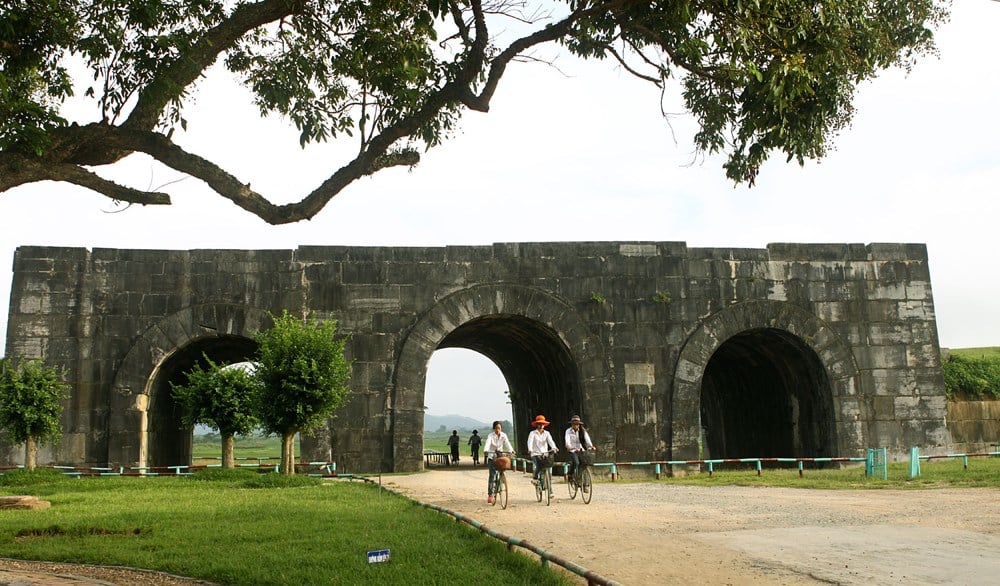













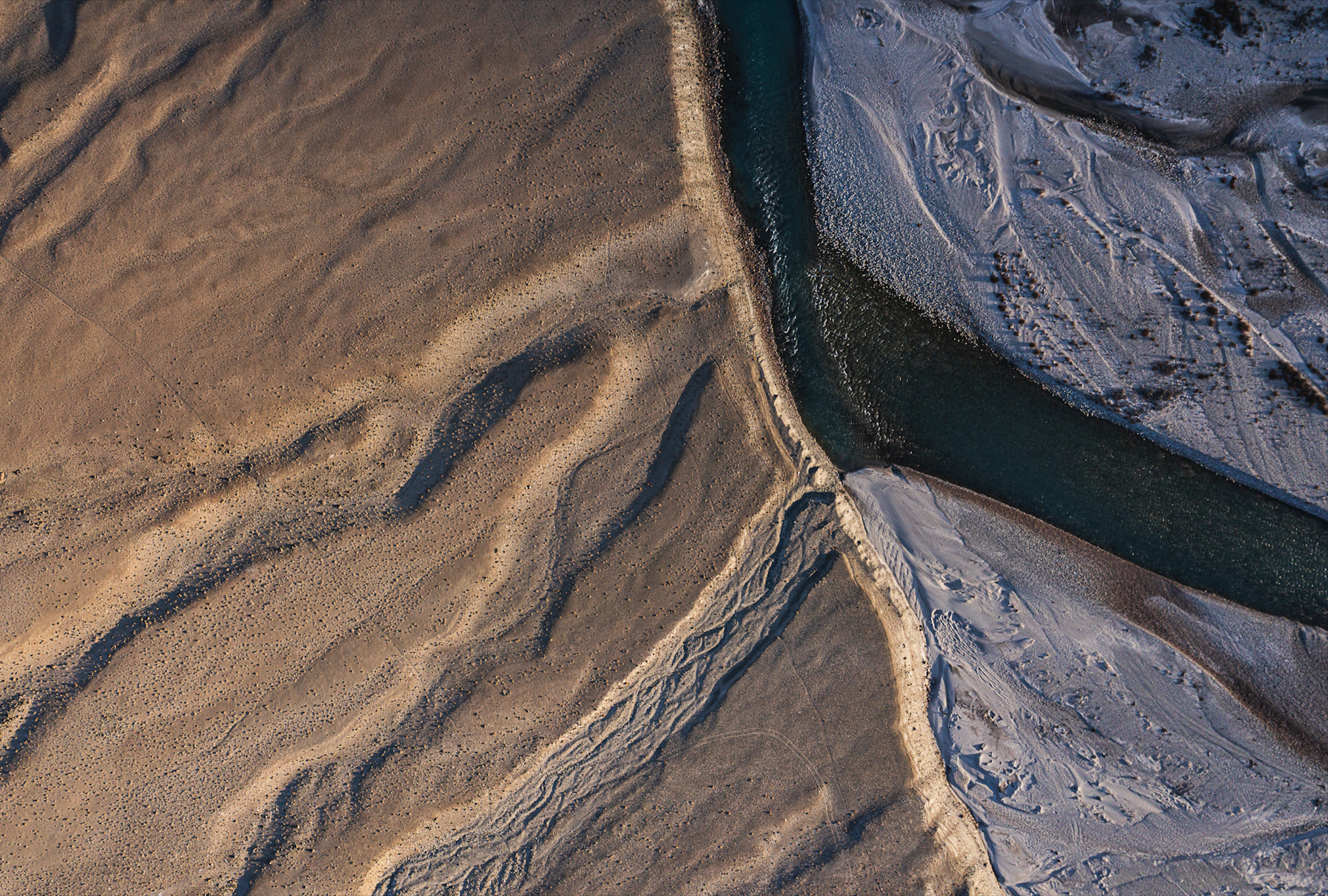






![[Photo] New look of the coastal city on the Han River](https://vstatic.vietnam.vn/vietnam/resource/IMAGE/2025/8/22/26f58a4a29b9407aa5722647f119b498)



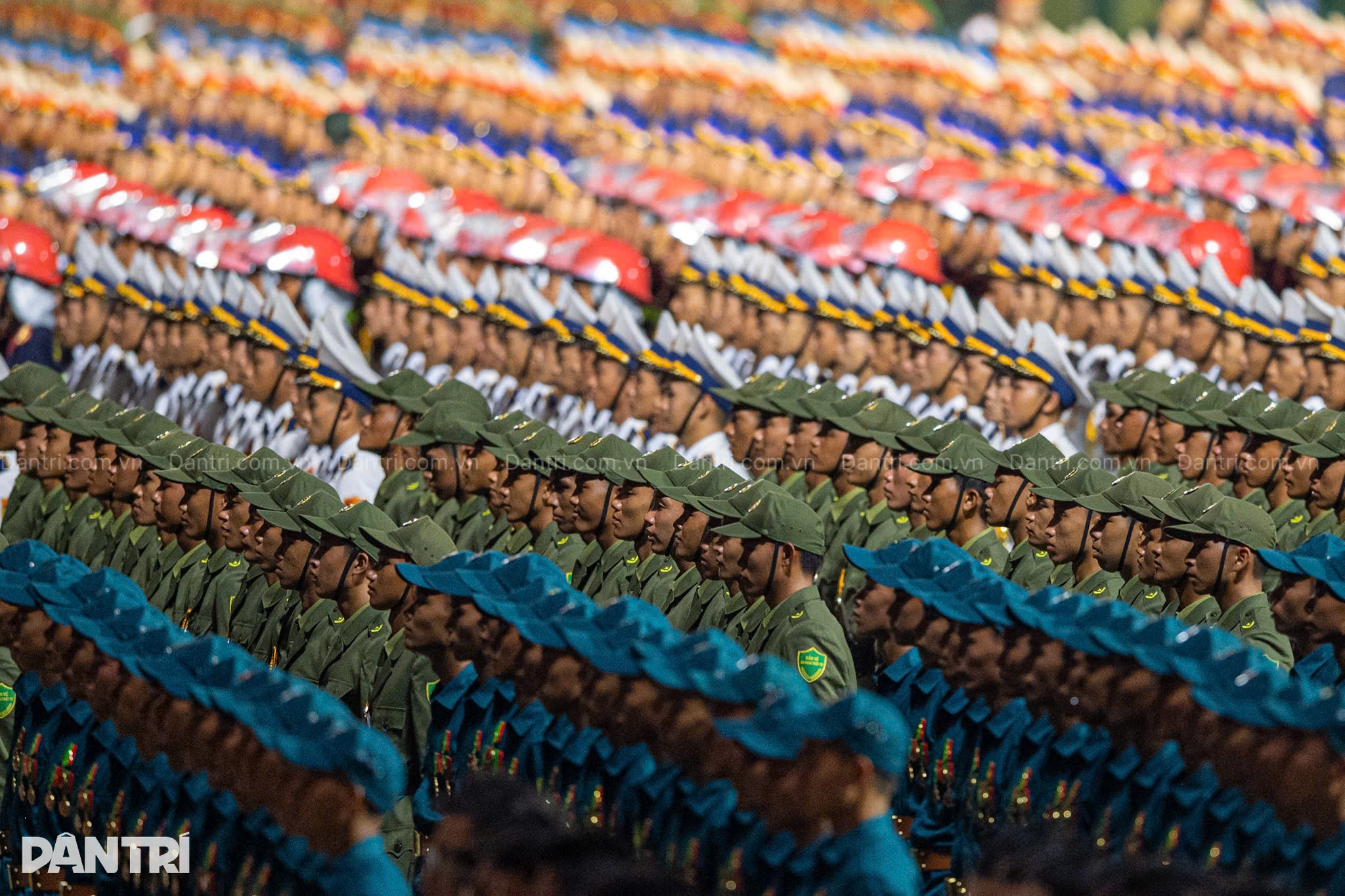






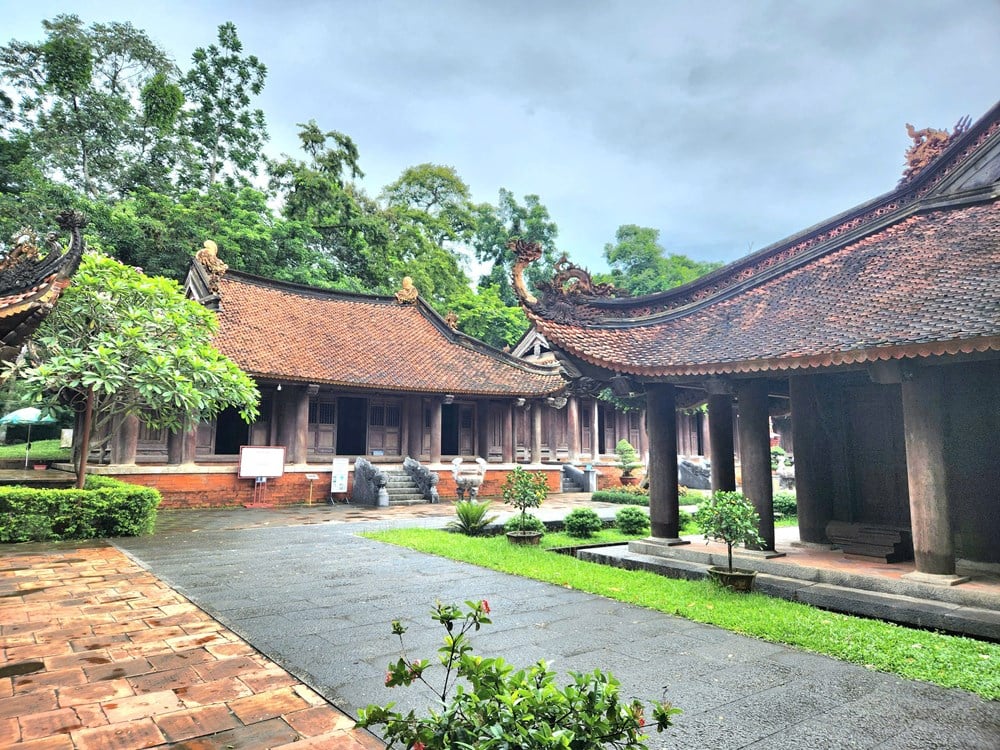

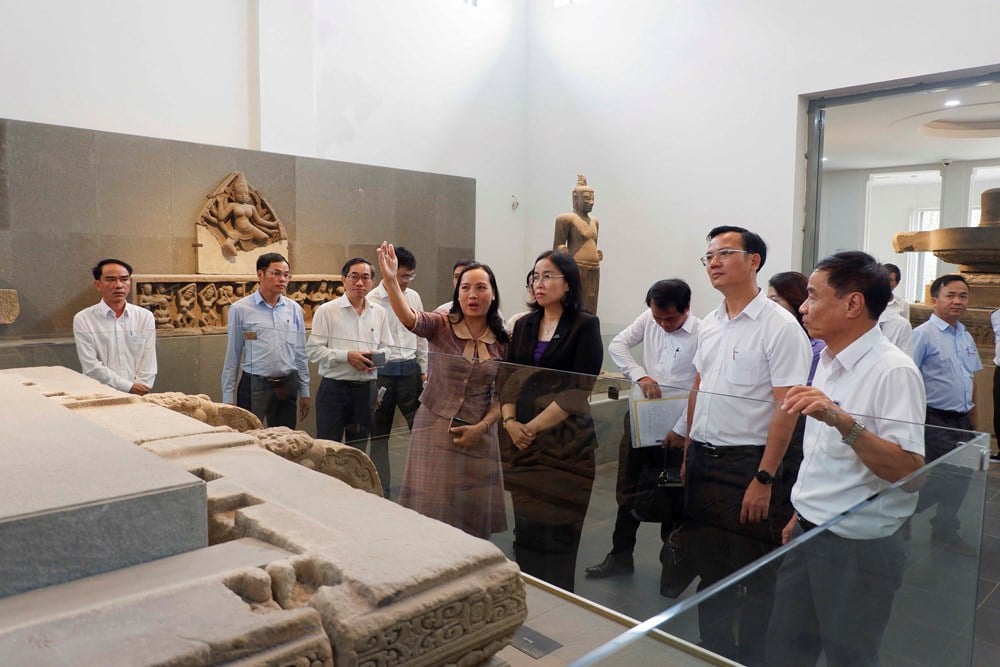
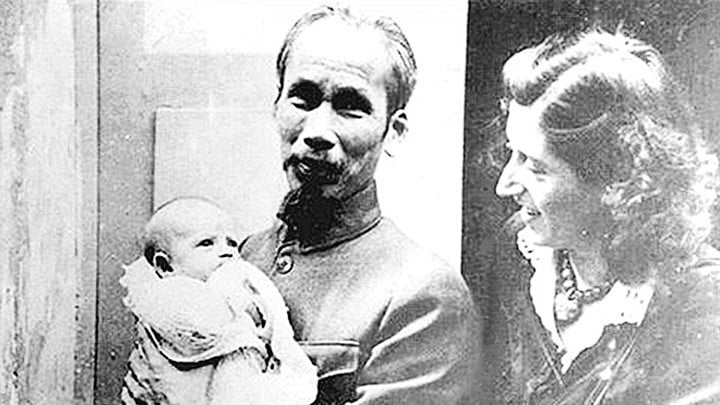






















































Comment (0)